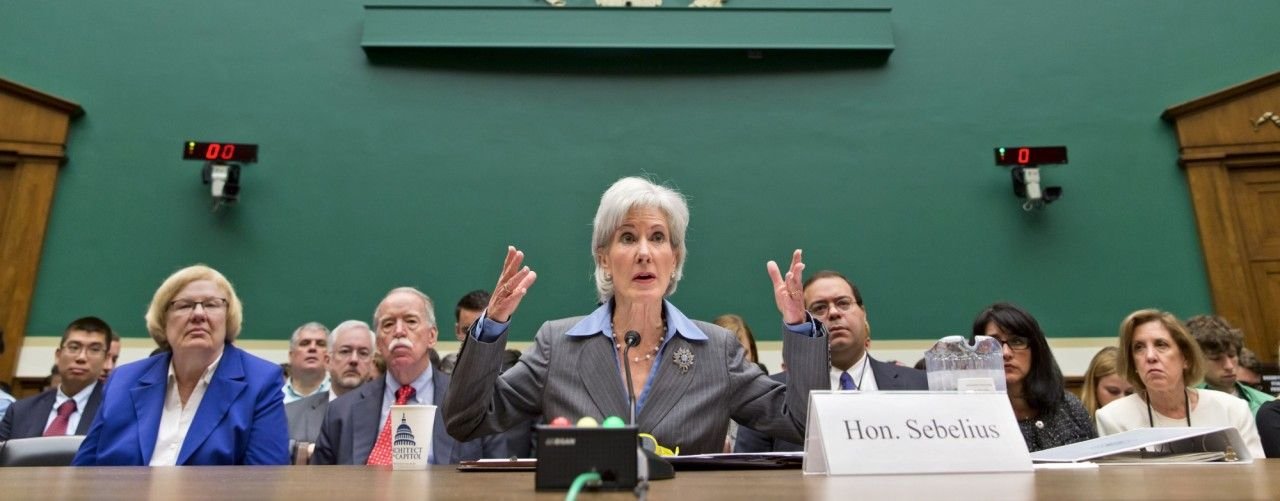There was a lot riding on Healthcare.gov.
The site has to do many things: verify a person's identity, legal residence, and income; record his personal information; match him with health insurance plans for which he is eligible; calculate whether he's eligible for a subsidy (and how much); help him compare plans by costs and features; and, finally, enroll him in a plan.
Enrolling in any insurance plan can be tricky; comparison-shopping for one in a state that may offer hundreds is a daunting task. It requires working with all 50 states (the exchange may be federal, but the insurers aren't) and dozens of insurers.
What's more, since the Affordable Care Act was designed to support state exchanges, parts of the site's spine - specifically the data hub that pings the IRS, Social Security Administration, the Department of Homeland Security and credit bureaus - has to work with each state's websites, federal departments, and credit agencies. That's a staggering data and software challenge.
A lot could go wrong and did. Here's the story of how it happened.
Like every modern website that has to make something happen rather than just display text, Healthcare.gov separated its site into a front-end that interacts with the customer and a back-end that (among other things) fetches and matches data and moves your information through the system. But unlike most enormous modern websites that make things happen - Google, Facebook, Amazon - Healthcare.gov divided this work among a variety of companies. For obvious reasons, there is no company with experience building a federal health insurance exchange.
The most important of the companies running the back-end are CGI Federal, which built the insurance marketplaces, as it had for state Medicaid programs, and QSSI, which built the data hub to verify citizens' eligibility. The homepage is by Development Seed, a small, young D.C.-based company that came in as a subcontractor under Aquilent, which navigated the bureaucracy and bid for the contract. "

























